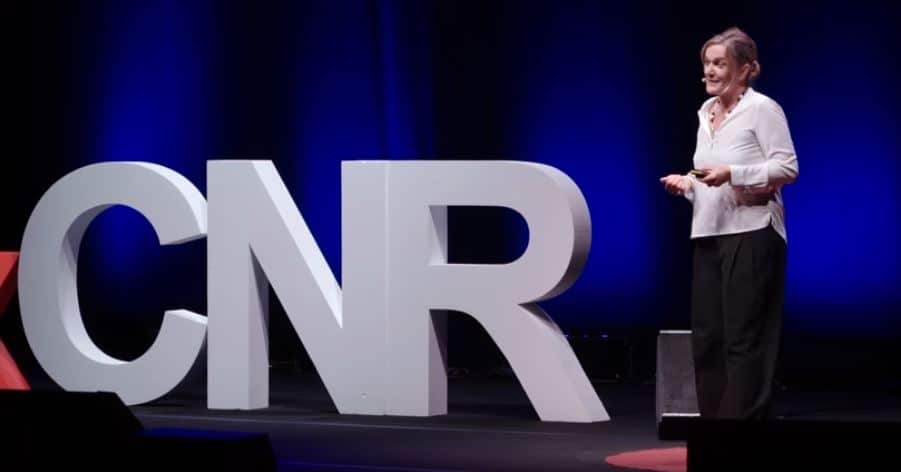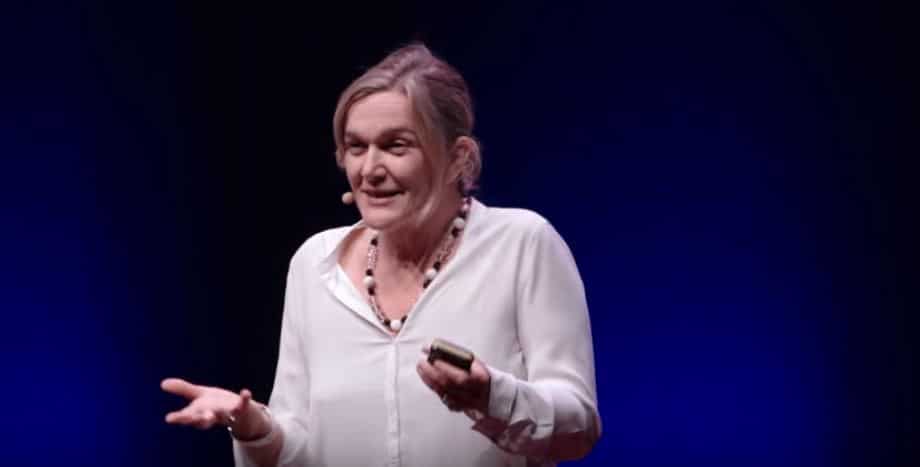

Interview with Costanza Miliani
Costanza Miliani, senior researcher at the Institute of Molecular Science and Technologies, National Research Council (CNR-ISTM) in Perugia. Within IPERION CH, she is the leader of WP5, TA3 – MOLAB: access to mobile laboratories, and Chair of the Access Board.
- Could you summarize your career in abstract form?
After graduation in chemistry in 1994, driven by a passion for heritage conservation, I undertook a Ph.D. on innovative spectrochemical methods designing and setting-up a compact system for in situ non invasive fluorimetry investigations. In 1998, I had the opportunity to spend a post-doctoral period at the Central Institute of Restoration in Rome where I acquired experience in the field and learned on needs and perspectives of conservation and diagnostics. In 2000, I obtained the position of researcher at CNR-ISTM in Perugia, starting my collaboration with Antonio Sgamellotti of the Centre of Excellence SMAArt of the University of Perugia and participating to the whole series of projects LabS-TECH-FP5, Eu-ARTECH-FP6 and CHARISMA-FP7, coordinated by Bruno Brunetti. I actively contributed to transnational access and joint research. Currently, I’m the primus inter pares of the lively joint research group composed by CNR-ISTM and UNIPG-SMAArt, developing research on methodologies for in situ non-invasive spectroscopic investigations and on degradation processes of painting materials.
- What brought you to IPERION?
Simply my previous LabS-TECH, Eu-ARTECH and CHARISMA contributions. I can say that I participate to the challenging adventure of creating a unique European infrastructure on heritage science from the very beginning!
- What is your role in the project? And what is the role of what you do?
I coordinate the MOLAB access to portable equipment for in situ non-invasive measurements. As development and growth of the experiences started with Eu-ARTECH (2004), MOLAB is today is composed by a coherent set of 22 single-spot and imaging techniques offered to European researchers by 5 providers (CNR-Italy, CNRS-France, FORTH-Greece, RWTH-Germany and NCU-Poland).
- Who else do you work with in IPERION and how your tasks interact?
The access to the MOLAB facility, made of instruments and skills of 5 different European providers, requires laborious management and serious experimental work including travel/transport logistics, solution of technical problems, and high skills in the execution/interpretation of the measurement. Assisted by my right-hand woman Brenda Doherty, my job implies continuous interactions with the MOLAB providers and users, in order to ensure an efficient and effective development of each campaign.
- What would you do in your area of work if you suddenly found yourself with an absurd amount of project money and total freedom in how to spend it? Why?
Renewal and adjournment of the instrumentation rendered available to users is essential to maintain MOLAB at the state-of-the-art. To go beyond, I would also invest in the formation of excellent researchers as future new highly qualified providers. Finally, In the case of a really absurd amount of money, since the fast and safe movement of the MOLAB equipment is sometimes a problem, I would consider the foolish idea of buying a truck or a light aircraft!
- Can you share with us what do you think is the current state of Heritage Science and what role has IPERION played in it?
In the last 2 years there has been an enormous increase of interest and number of publications on diagnostics and conservation methodologies accompanied by a more diffuse consciousness, among public and policy makers, of the heritage social and economic value. To this contributed IPERION CH and preceding projects, with the promotion of a closer cooperation among European researchers and a more diffused exploitation of small, medium and large-scale advanced facilities. Referring to MOLAB, the practice of integrated non invasive in situ investigations is today commonly accepted as the indispensable first approach to heritage studies.
- Also, what do you think is the future of Heritage Science and what role has IPERION CH yet to play in it?
The advances of the most effective 2D and 3D imaging technologies and the development of new powerful and effective methods for data processing and management, are opening new thrilling perspectives for heritage science in the next years. The possibility offered to users to access these innovative methodologies is the right way to guarantee Europe to maintain its global leadership in the field.
- Have you got any advice for students and professionals interested in the field of Heritage Science?
Complex problems facing heritage science require skills and knowledge from a diversity of disciplines to engage in problem-solving; depth and breadth are key. Heritage Science demands for professionals who possess T-shaped skills i.e. a wealth of knowledge in one domain and the ability to perform cross-disciplinary collaboration.
- You would like to tell every reader of IPERIONIDES that…
It is extremely rewarding and encouraging when our users provide such positive feedback, manifesting enthusiasm for the achieved results and acknowledging the dedication, expertise and high-professionality of MOLAB operators.
